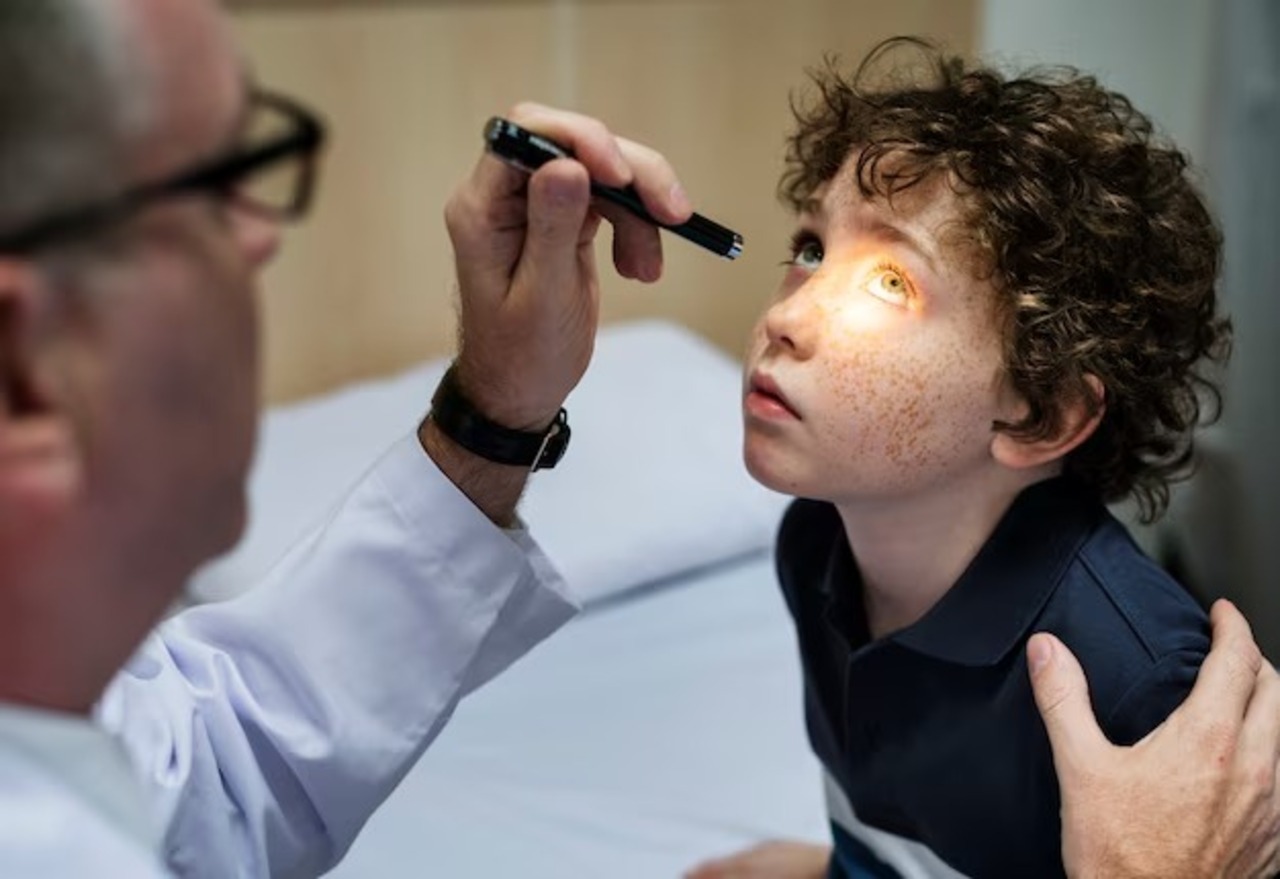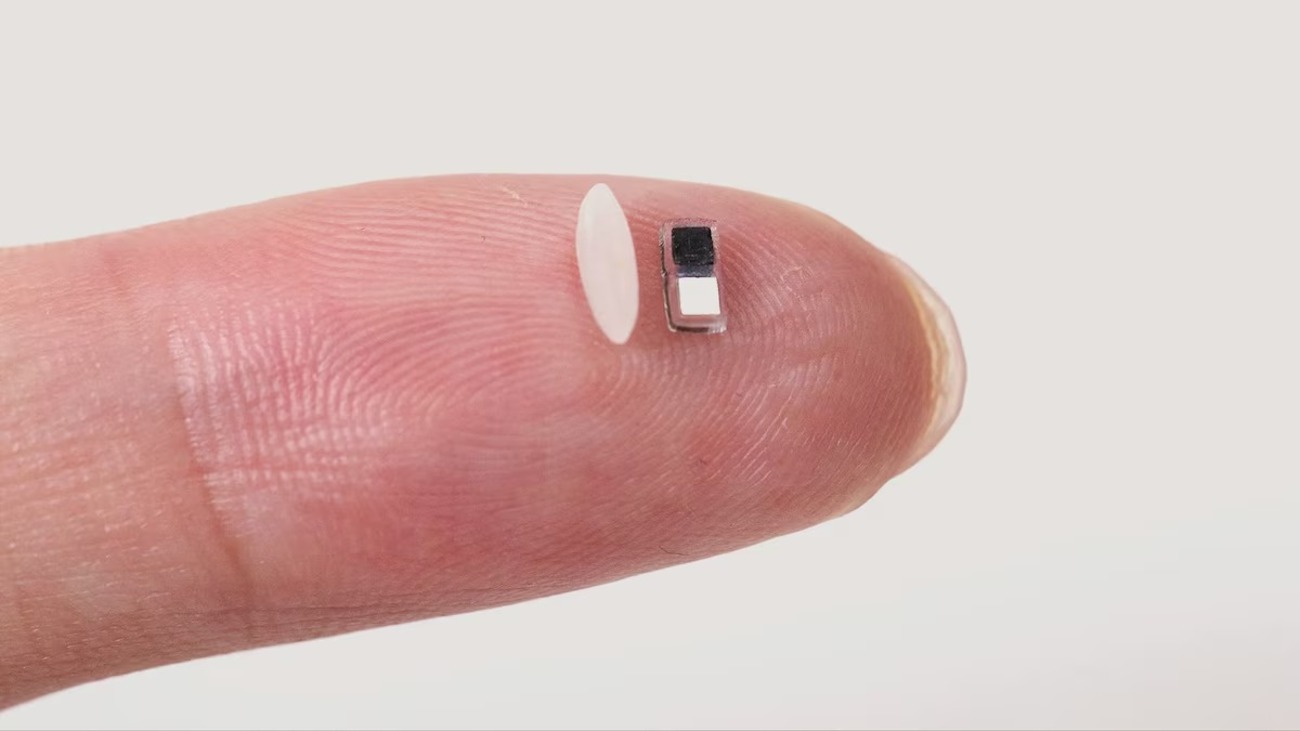
Blind Children See for the First Time?
Four children born with severe retinal vision problems have experienced life-changing improvements in their vision thanks to a groundbreaking gene therapy.
Revolutionary Gene Therapy Restores Vision in Children Born with Severe Blindness
A groundbreaking gene therapy has enabled four young children, born with severe blindness due to a rare genetic deficiency, to regain functional vision. This pioneering treatment was developed by scientists at the University College London (UCL) Institute of Ophthalmology and administered at Great Ormond Street Hospital, with support from the gene therapy company MeiraGTx.
The Genetic Condition and Therapeutic Approach
The affected children suffer from a severe form of retinal dystrophy known as Leber congenital amaurosis (LCA), caused by mutations in the AIPL1 gene. This condition prevents normal vision development, leaving children with only the ability to distinguish between light and darkness. Without intervention, defective retinal cells progressively degenerate, leading to total blindness within the first few years of life.
The treatment involves injecting healthy copies of the AIPL1 gene directly into the retina through a minimally invasive surgery. These genetic copies are delivered using a harmless virus, which allows them to integrate into retinal cells, restoring function and preventing further degeneration.
Promising Results
The first four patients, selected from the United States, Turkey, and Tunisia due to the rarity of their condition, received the therapy in only one eye to assess safety and effectiveness. Over a three- to four-year follow-up period, significant improvements were observed in the treated eyes:
- The children were able to recognize shapes
- Identify toys and faces
- Some even learned to read and write
Meanwhile, the untreated eyes continued to deteriorate, emphasizing the effectiveness of the intervention.
Impact on Quality of Life
A notable case is Jace, a child from Connecticut, USA. Before treatment, Jace could not detect objects even a few centimeters from his face.
After the therapy, he developed the ability to recognize objects from a distance, identify faces, and move independently. His parents describe the results as "astonishing", highlighting the positive impact on his development and confidence. (the-independent.com)
Future Prospects
This breakthrough represents a paradigm shift in the treatment of genetic childhood blindness. Researchers are now working to expand access to this therapy and explore its application in other forms of genetic blindness.
The success of this approach reinforces the potential of genetic medicine to transform lives and offers hope to many families affected by similar conditions.











LEAVE A COMMENT: